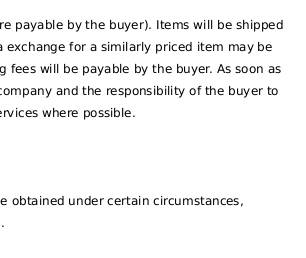





Gallienus , 253 - 268 AD, Graded VF, Rome, Roman, AE Antoninnianus
Check my rate
View locations
| Main centres: | 1-3 business days |
| Regional areas: | 3-4 business days |
| Remote areas: | 3-5 business days |






| Main centres: | 1-3 business days |
| Regional areas: | 3-4 business days |
| Remote areas: | 3-5 business days |
Gallienus
253 - 268 AD
Very Fine
Roman Bronze Antoninianus Coin, Slabbed and Graded



Publius Licinius Egnatius Gallienus (c.218-268) ruled the Roman Empire as co-emperor with his father Valerian from 253 to 260, and then as the sole Roman Emperor from 260 to 268. He took control of the empire at a time when it was undergoing great crisis. His record in dealing with those crises is mixed, as he won a number of military victories but was unable to keep much of his realm from seceding.Based on the testimony of John Malalas and the Epitome de Caesaribus that Gallienus was about 50 years old at the time of his death, it is generally considered he was born around 218, son of Valerian and Mariniana, a woman possibly of senatorial rank and daughter of Egnatius Victor Marinianus. Inscriptions on coins connect him with Falerii in Etruria and this may well have been his birthplace; it has yielded many inscriptions relating to his mother's family, the Egnatii.
When his father Valerian was proclaimed emperor, he asked the Senate to ratify Gallienus' elevation to Augustus, in order to share the power between two persons. As Marcus Aurelius and his adopted brother Lucius Verus had done a hundred years before them, Gallienus and his father divided the Empire; Valerian struck for the East to stem the Persian threat and Gallienus remained in Italy to repel the Germanic tribes on the Rhine and Danube. This policy made sense not simply because the unhappy fates of several Emperors previous to this duo had made it clear that one man simply could not rule a state this size; equally, a 'barbarian' enemy suing for peace in this time tended to demand that they be allowed to apply to the 'chief' or 'king' of the victorious side. Therefore, an Emperor had to be available to negotiate if such a situation arose..
The antoninianus was a coin used during the Roman Empire thought to have been valued at 2 denarii. It was initially silver, but was slowly debased to bronze. The coin was introduced by Caracalla in early 215 and was a silver coin similar to the denarius except that it was slightly larger and featured the emperor wearing a radiate crown, indicating that it was valued at twice as much.
The reverse of the coin depicts the radiate and draped bust of Gallienus facing right, with the obverse depicting a figure of the Emperror, facing right holding a cornicopiea and a sceptor.
The mintmark of "S" indicates that the coin was minted at the
Siscia Mint.



 INTERNATIONAL CUSTOMERS WELCOME
INTERNATIONAL CUSTOMERS WELCOME 





